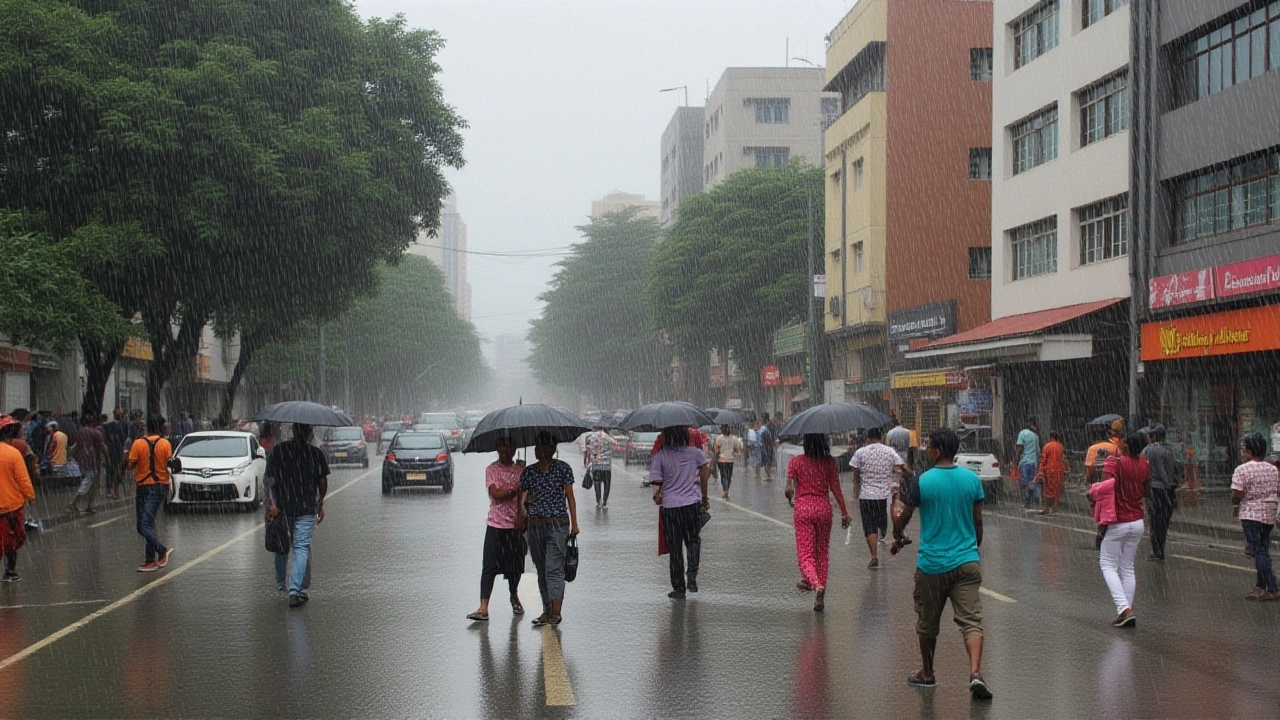Climate Extremes: Understanding the Most Intense Weather Events
When we talk about climate extremes, unusually severe and disruptive weather conditions that go beyond typical seasonal patterns. Also known as extreme weather, climate extremes include a range of phenomena such as heatwaves, prolonged periods of dangerously high temperatures, droughts, extended dry spells that cripple water supplies and agriculture and floods, rapid, overwhelming water surges that inundate land and infrastructure. These events are not isolated; they are linked to the broader shift in the planet’s climate system.
Climate extremes encompass heatwaves, droughts, floods and other severe events, forming a connected web of impacts. Heatwaves require early warning systems and urban cooling strategies to protect vulnerable populations. Droughts influence crop yields, water allocation and energy production, forcing governments to rethink irrigation and reservoir management. Floods affect city planning, prompting investments in drainage upgrades and floodplain zoning. In other words, the more we understand the attributes of each extreme, the better we can design policies that cut risks and save lives.
Why Tracking Climate Extremes Matters
Scientists use satellite observations, ground stations and climate models to measure how often and how intense these extremes become. This data feeds into risk assessments for sectors like agriculture, insurance, public health and infrastructure. For example, a rise in heatwave frequency directly raises the likelihood of heat‑related illnesses, while increasing drought severity threatens food security across large regions. Flood monitoring, on the other hand, informs emergency responders about where evacuations may be needed before waters rise. The triple connection—heatwaves → health, droughts → food, floods → safety—shows why reliable tracking is a cornerstone of climate resilience.
Adaptation measures differ by event but share common themes: preparedness, response, and long‑term planning. Urban planners might add green roofs and reflective surfaces to mitigate heatwave heat islands. Water managers could implement rainwater harvesting and smarter allocation to buffer against drought. Engineers design levees, floodways and early‑alert sirens to limit flood damage. All of these actions rely on a clear picture of the underlying extreme in question, which is why the term “climate extremes” serves as a useful umbrella for coordinated strategies.
Beyond the technical side, climate extremes shape everyday conversations. Media coverage of a scorching summer or a devastating flood raises public awareness, influencing voting behavior and corporate investment. Communities that have lived through repeated extremes often develop local knowledge—like traditional building methods that resist flood damage or planting calendars that avoid heat‑stress periods. These grassroots insights complement scientific data, creating a richer, more actionable understanding of the problem.
In the collection below you’ll find stories that illustrate these points: analyses of recent heatwave impacts, reports on drought‑driven water policies, and coverage of flood response efforts across the continent. Each article adds a piece to the puzzle of how climate extremes affect societies, economies and ecosystems. Dive in to see real‑world examples, learn practical tips, and get a sense of the evolving landscape of extreme weather in Africa and beyond.

Kenya Grapples with Record Climate Extremes as Rainfall Falls Nationwide
Oct 3, 2025, Posted by Ra'eesa Moosa
Kenya's hottest year on record sparked floods in the west and drought in the east, pushing food insecurity to 2.15 million and prompting urgent climate‑resilience measures.
MORE